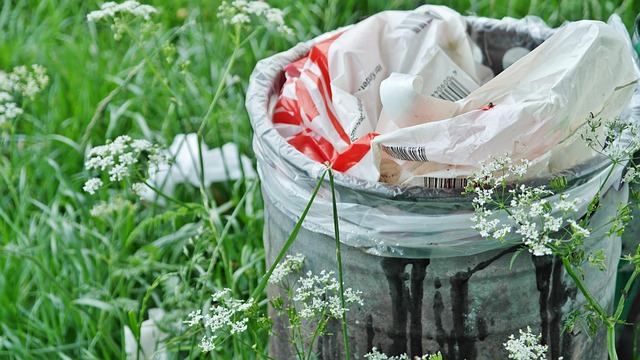Embracing Eco-Friendly Practices: The Ultimate Guide to Ecological Gardening
In an age where environmental awareness is at the forefront of our minds, ecological gardening emerges as a powerful way to connect with nature while nurturing our planet. This holistic approach not only beautifies our spaces but also fosters a healthier environment, making it an indispensable practice for the conscious gardener.
Understanding Ecological Gardening
At its core, ecological gardening aims to create a sustainable and self-sufficient ecosystem in your garden. By enhancing biodiversity and reducing environmental impact, this method cultivates a harmonious home for plants, animals, and humans alike. Whether you are an experienced gardener or a novice, embracing eco-friendly practices can significantly affect how you interact with nature.
The Benefits of Eco-Friendly Practices
Adopting green gardening methods comes with a plethora of benefits that extend beyond the garden gate:
- Improved Soil Health: Using natural compost and organic fertilizers enrich the soil, promoting healthy plant growth without the use of harmful chemicals.
- Biodiversity Promotion: Ecological gardening encourages a variety of plant species, attracting beneficial insects and wildlife that contribute to a balanced ecosystem.
- Water Conservation: Many eco-friendly practices, such as rainwater harvesting and drip irrigation, help conserve precious water resources.
- Carbon Sequestration: By planting trees and shrubs, you can absorb carbon dioxide from the atmosphere, mitigating climate change.
Ways to Embrace Ecological Gardening
Starting your journey into ecological gardening can be easy and rewarding. Here are some practical steps to help you get started:
1. Choose Native Plants
Native plants are well-adapted to the local climate and soil conditions. They require less water and are often more resistant to pests. This not only saves you time and resources but also supports local wildlife.
2. Composting
Transform kitchen scraps and yard waste into nutrient-rich compost. This natural fertilizer nourishes your garden while reducing waste that would otherwise end up in landfills.
3. Implement Companion Planting
Pairing plants that benefit one another can lead to a healthier garden. For example, planting marigolds near vegetables can deter pests and improve growth.
4. Create Habitats
Encourage biodiversity by creating habitats for wildlife. Birdhouses, bug hotels, and water features can attract beneficial creatures that will help keep your garden thriving.
5. Minimize Lawn Areas
Lawns often require excessive water and chemicals. Consider replacing grass with ground covers, native flowers, or even food gardens that provide beauty and sustenance.
Gardening with a Purpose
Every garden can tell a story—yours can narrate a commitment to sustainability. Engaging in ecological gardening is not just about cultivation; it’s about nurturing a deep, symbiotic relationship with nature. As you dig your hands into the earth, planting seeds of hope and change, you reinforce a broader movement towards environmental stewardship.
As you embark on your ecological gardening journey, remember that every small action contributes to a larger goal. By incorporating these green practices, you not only enhance your outdoor space but also play a pivotal role in safeguarding our planet for future generations.
So grab your gardening gloves, connect with the soil, and embrace the fruitful journey of ecological gardening. Nature awaits your compassionate touch!




